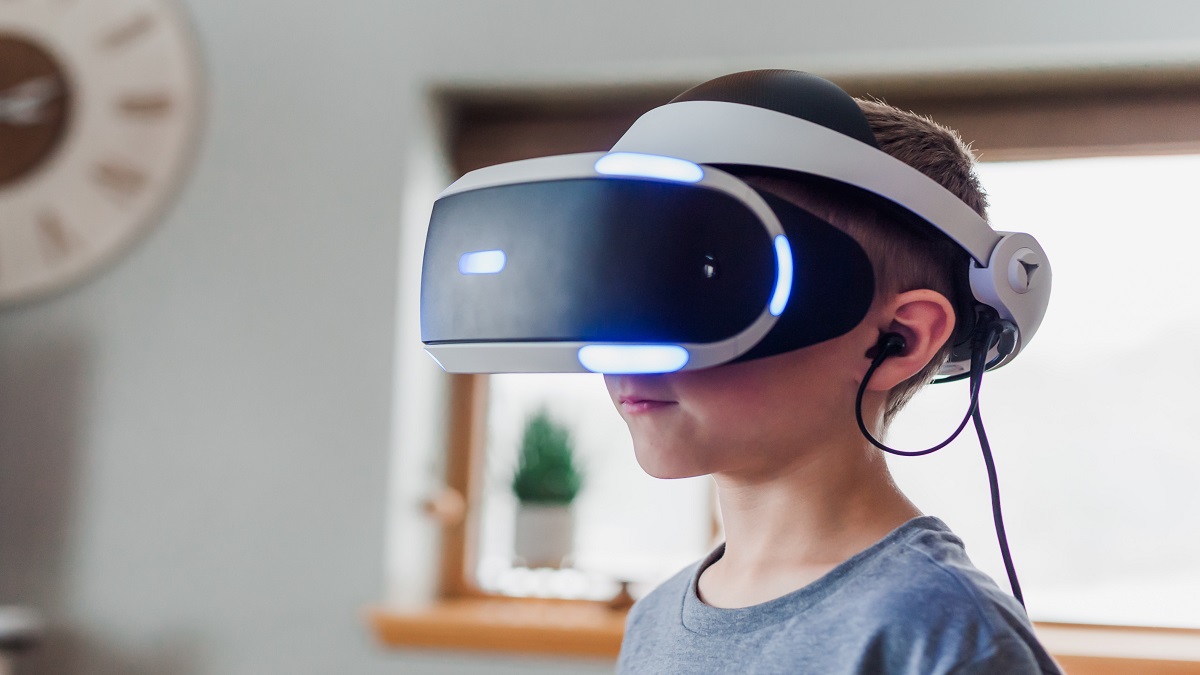Differences Between Augmented Reality (AR) and Virtual Reality (VR)
Differences Between Augmented Reality (AR) and Virtual Reality (VR)
Augmented Reality (AR):
Definition: AR blends the digital and physical worlds to create an artificial environment. It involves displaying digital components in the real world using apps developed for mobile or desktop.
Example: AR is used in sports broadcasts to show score overlays and in various apps to display 3D photos, text messages, and emails.
How it Works: AR utilizes computer vision, mapping, and depth tracking to show relevant digital content in real-time. Users can experience it with smartphones or special hardware.
Advantages:
- Individualized learning
- Fostering the learning process
- Innovation and continuous improvement
- Increased accuracy
- Shared experiences over long distances
Disadvantages:
- Expensive implementation
- Lack of privacy
- Low-performance level of devices
- Potential mental health issues
- Security concerns
- Health risks like eye problems and obesity with excessive use.

Virtual Reality (VR):
Definition: VR is a computer-generated simulation of an alternate world or reality. It creates immersive experiences using 3D movies, video games, and various applications.
How it Works: VR focuses on simulating vision, requiring users to wear a headset that eliminates interaction with the real world. It employs visual, auditory, and haptic stimulation for an immersive experience.
Advantages:
- Immersive learning
- Interactive environments
- Increased work capabilities
- Convenience
- Creation of realistic worlds for exploration
- Enhanced education experience
Disadvantages:
- Limited interaction with virtual environments
- Escapism and potential disconnection from real-world issues
- Simulated training may not fully translate to real-world success.
Hey Vishnukanth,
Thank you for sharing this informative summary of AR and VR. It clearly outlines the key concepts, functionalities, and both the advantages and disadvantages of each technology.
Here are some additional points about AR & VR:
- AR’s potential for real-world applications: AR can revolutionize fields like maintenance and repair by providing technicians with real-time instructions overlaid on physical equipment.
- VR’s role in social interaction: VR can facilitate social experiences through virtual spaces, potentially diminishing feelings of isolation.
- Focus on responsible development: Addressing privacy concerns and developing safety measures to mitigate potential health risks are crucial for the sustainable growth of AR & VR.


